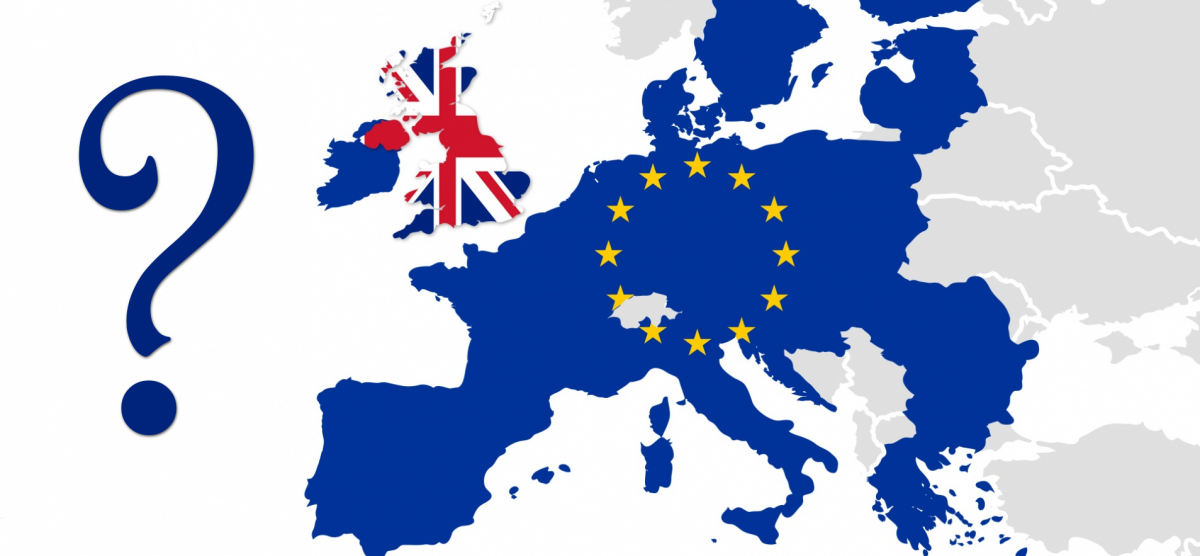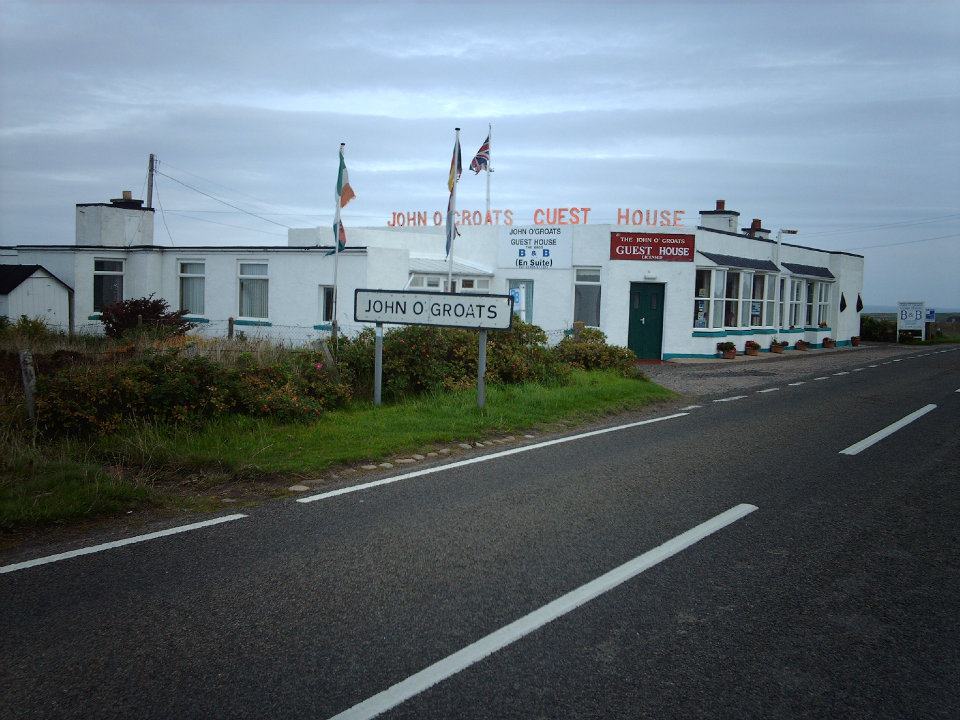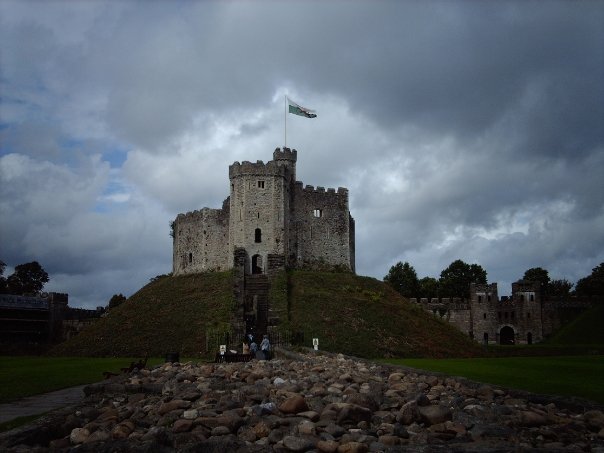Context
When I wrote my FHEA application back in late 2020, we had just started our first term teaching entirely online at UCL due to the coronavirus pandemic that took hold earlier in the year. While we did also deliver the last two weeks of the previous academic year online, that had to happen pretty much off the cuff as we’d had no additional time to make any significant changes or try out new things. However, it became clear pretty quickly that things wouldn’t change significantly for the year ahead and like all my colleagues I made use of my time during the summer to also think about possible ways in which I could adjust my modules for more effective online delivery, so today I’m sharing the third of my three FHEA case studies reflecting on the adjustments I made to an introduction to general linguistics I teach for students on the BSc in Psychology and Language Sciences.
Now of course when this was written, I was only about half way through my first term of teaching online. Nonetheless, the issues I had already encountered and discussed then remain important even after having delivered another term of online teaching and attempting to implement some of the further adjustments I discuss. As so often I found that things differ between cohorts and modules and I still don’t have a solution that I’m fully satisfied with for many of the issues that have come up. (Do let me know if you have any good ideas you think I might be able to try out!)
Continue reading →



